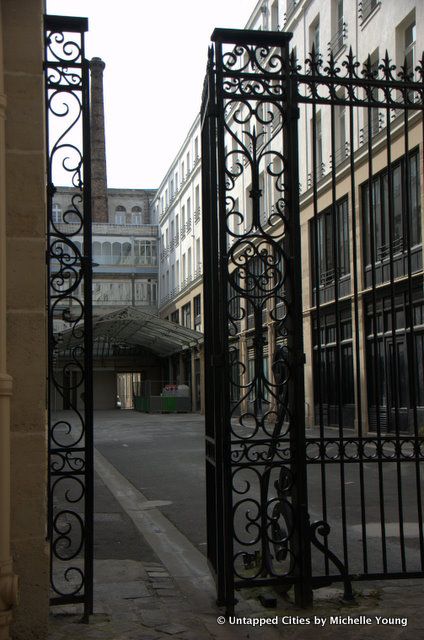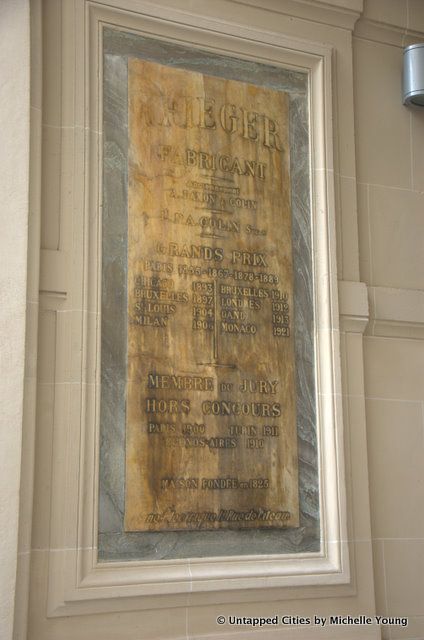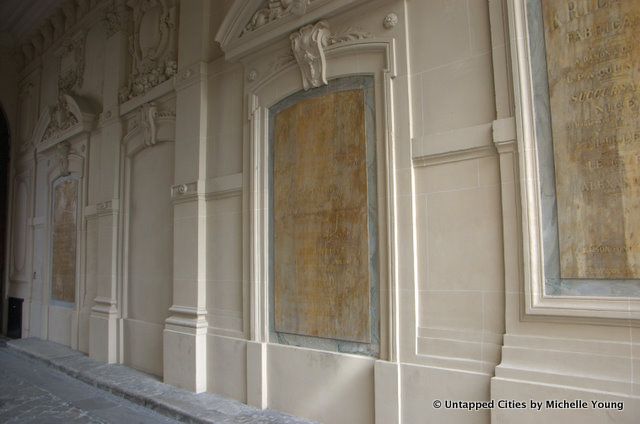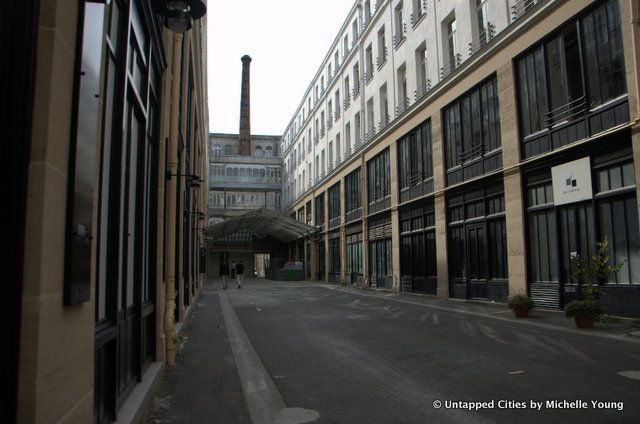NYC’s Forgotten ‘War on Christmas Trees’
Discover how an obscure holiday crackdown affects festive street vendors today!


The 11th Arrondisement is one of my favorite neighborhoods to wander. Vintage signs from the manufacturing era still grace the facades of many stores and every turn yields a new architectural gem. I previously covered a hidden artisan enclave rue de Charonne, also in the 11th. On that same trip, I followed where my whim took me and came across this hidden factory inside a courtyard on rue de Faubourg Saint-Antoine. Rue de Faubourg is one of the oldest street of Paris, once the main thoroughfare of the suburb of the Saint-Antoine abbey.
The neighborhood is under a preservation plan called the Plan de protection et de mise en valeur, which includes the planning of public spaces, protection of historic buildings and regulations for new buildings–they must be contextual to the existing built environment in terms of height, color and other factors. Furthermore, the particular mix of residential housing and craft-oriented businesses around courtyards and passages must be maintained.

What caught my eye at 74 rue de Faubourg was the enormous chimney and beautiful glass canopy, which I glimpsed after emerging from the store Aigle, where I succumbed to a pair of rain boots. (Yes, French design even extends to rain boots.)
In the dense fabric of Paris and the architectural typology of courtyards concealed by doors, you can peer into whole other worlds. At the entrance, large marble plaques stand as testament to a once glorious hive of craftsmanship, a furniture factory founded in 1826 that appears to have won many awards in the Grand Prix and produced varied items from copper beds to pianos.


The neighborhood was always been a hotbed of rebellion and was filled with barricades in the 1830 uprising. The many small passages in the neighborhood architecturally fueled the revolutionary fire. The walls of 74 rue de Faubourg, known as the court of Burgundy (cour de Bourgogne), were damaged by canon fire.

Today the building is used by Cap Digital, a non-profit business cluster for digital content. Cap Digital supports R&D, business development, international development, and a think tank.The non-profit is also involved in various city initiatives, including the EU’s OpenCities program that looks to leverage crowdsourcing and open data and the European Digital Think Tank. The organization also publishes e-books, compilations on a digital festival in Paris entitled the Futur en Seine – The Future of the Digital City (this year’s festival will take place June 14-24).
Get in touch with the author @untappedmich.
Subscribe to our newsletter